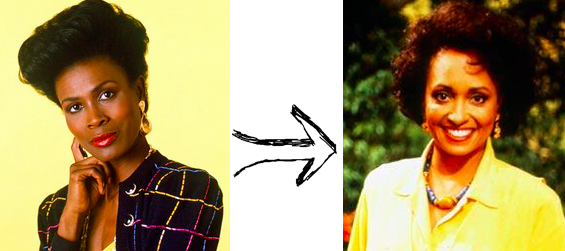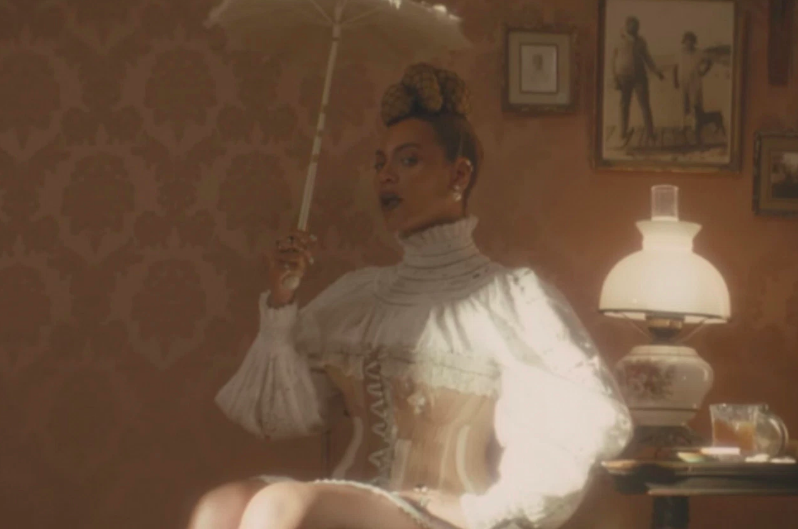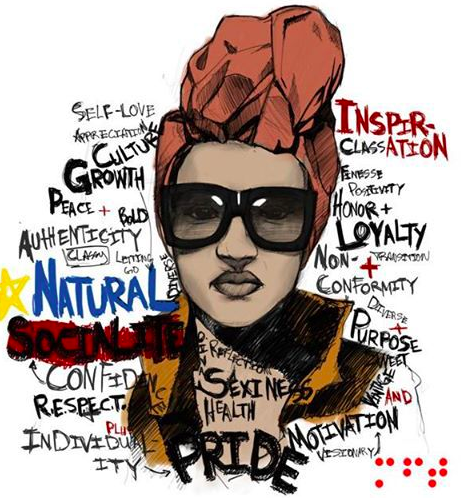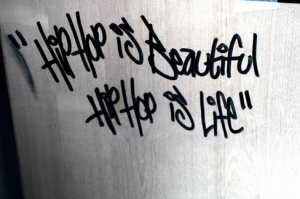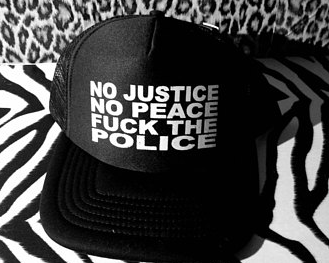When W.E.B Du Bois wrote about the quintessential black experience in America he defined is as double consciousness, putting into words an identity that is divided into multiple facets. (Black and American)
He uses this idea of a “veil” to metaphorically describe 3 things: literal skin difference as a physical separation, white people’s lacks of clarity to see Blacks as true Americans, and black’s inability to see themselves outside of how white Americans see them.
“One ever feels his two-ness- an American, A Negro; two souls, two thoughts, two unreconciled strivings; two warring ideals in one day body, whose dogged strength alone keeps it from being torn asunder.”
Double consciousness and the veil convey underlined issues of racism and the social constructs to which race builds prejudice in a black American vs. white American nation. But let us be honest: There is a second sensation of double consciousness black Americans are facing within the realm own their own black community. Colorism can be formally defined as prejudice or discrimination against individuals with a dark skin tone, typically amongst people of the same race. It is Colorism that gave birth to the light-skinned vs. dark-skinned beef.
Black 90s sitcoms showed us colorism in the following variations: “Aunt-Viv” Who?, Pam vs. Gina, and what I like to call revenge of colorism: The Hilary Banks, and Whitley Gilberts.
It is safe to say that colorism is a kin to racism that black folks have taken right in. Early twentieth century there was the Clark doll experiment in which children would answer questions regarding characteristic in which they attribute to a doll. Results showed children attributed traits like “prettiness, and good behavior” to lighter dolls, and “ugliness and badness” to darker dolls,” proving the social construct of race begins early, leaving much time for its ideologies to truly embed in one’s beliefs.
Well into the mid-twentieth century we had the paper bag test, in which black institutions would use a brown paper bag to determine whether an individual’s skin was light enough to gain membership.
Too, let’s acknowledge the existence of passing in which lighter-skinned blacks or multi-racial persons were able to assimilate into white culture to avoid the legal and social conventions that being black would subject them to.
Now here comes the 90s, administering deadly doses of colorism:
I think it’s safe to say the impacts of colorism is part of the reason why so many viewers weren’t here for Aunt Viv 2.0. For the first three years of “The Fresh Prince” we bonded so well with Janet Hubert’s loveable portrayal of Aunt Viv with her feisty, joke cracking personality, accompanied by her beautifully-fixed brown-chocolate skin.
Hubert lasted half way through the series until they brought Daphne Reid in. Aunt Viv 2.0 was much lighter, and noticeably less feisty. It appeared as if Aunt Viv 2.0 was the example of what it means to be seen and not heard, while the original dancing diva of Aunt Viv could have easily stolen the show. But there it is; a stereotype that appoints darker skinned women as more antagonistic, while Janet Hubert’s replacement with a light-skinned women supports the notion that the best “do over” for a feisty darker toned woman is a less antagonistic, light-skinned woman. Viewers yearned for Hubert’s return. They never got it.
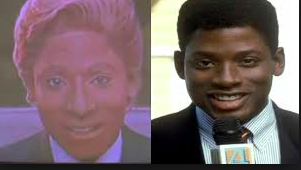
The 90s also gave us aspiring news anchor Dexter Jackson, in Livin’ Large who finally got his chance on the local news only to end up with a mistaken image of himself (lighter toned and European features) in which was considered ideal. This is an example of the impact colorism can have on oneself.
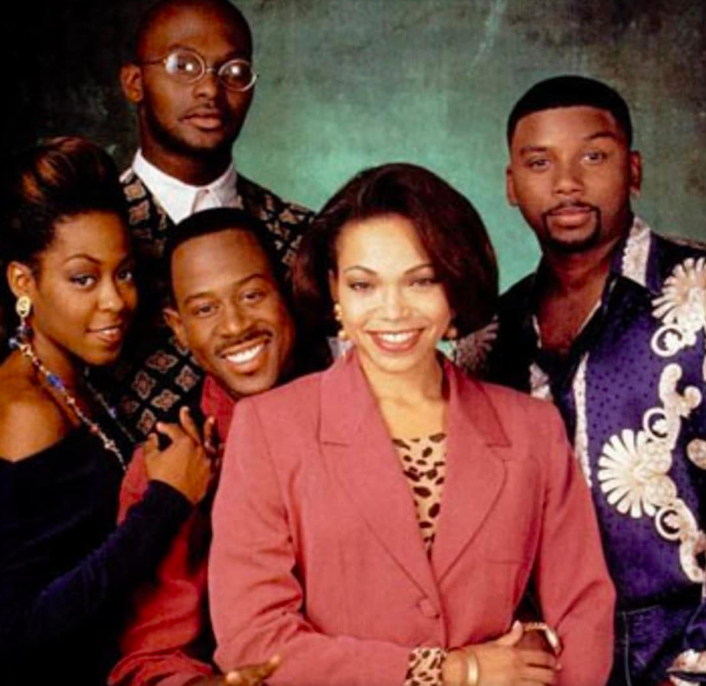 Now let’s really talk: Pam and Gina. For five years viewers watched as Gina (played by Tisha Campbell) was the kind, beautiful, light-skinned, sought-after and perfectly silly partner of Martin. On the other hand there was Pam; (played by Tichina Arnold) dark-skinned, loud and confrontational, though still attractive. Gina was the love interest to the main face of the series, while Pam was simply Gina’s combative best friend. Pam’s relationship with Martin was playfully explosive, with the two consistently making fun of each other. Martin consistently referencing Pam’s “bad attitude,” “nasty mouth,” “buck-shots;” while also deeming her as animal like and the type of woman to run men away. I don’t think it lightened the blow to see Martin’s real-life wife as light as Gina.
Now let’s really talk: Pam and Gina. For five years viewers watched as Gina (played by Tisha Campbell) was the kind, beautiful, light-skinned, sought-after and perfectly silly partner of Martin. On the other hand there was Pam; (played by Tichina Arnold) dark-skinned, loud and confrontational, though still attractive. Gina was the love interest to the main face of the series, while Pam was simply Gina’s combative best friend. Pam’s relationship with Martin was playfully explosive, with the two consistently making fun of each other. Martin consistently referencing Pam’s “bad attitude,” “nasty mouth,” “buck-shots;” while also deeming her as animal like and the type of woman to run men away. I don’t think it lightened the blow to see Martin’s real-life wife as light as Gina.
Don’t get it twisted. Martin is a respectable classic, whose re-runs we all love. You just can’t help but to point out the aesthetics that speak to a harsh reality within the black community.
Some people will say the portrayals stand without colorism and remain true to some woman who fits the description of the character, but the underlying issue is variation!!!!!
 The last instance of colorism I’d like to point out is one that goes against what we typically see as “colorism”: The Hillary Banks (Fresh Prince): light in complexion, self-centered, air-head that can never do right. The Dionne Davenport (Clueless): light-skinned, knowingly beautiful, rich girl who prefers not to use her popularity for good cause. Whitley Gilbert (A Different World): snobby as hell, though she eventually mellowed out. Regine Hunter (Living Single): image-conscious, materialistic and men loving. Could these portrayals of “air-headed” lighter toned women be some sort of “revenge” for society’s seemingly admiration for lighter skinned black women.
The last instance of colorism I’d like to point out is one that goes against what we typically see as “colorism”: The Hillary Banks (Fresh Prince): light in complexion, self-centered, air-head that can never do right. The Dionne Davenport (Clueless): light-skinned, knowingly beautiful, rich girl who prefers not to use her popularity for good cause. Whitley Gilbert (A Different World): snobby as hell, though she eventually mellowed out. Regine Hunter (Living Single): image-conscious, materialistic and men loving. Could these portrayals of “air-headed” lighter toned women be some sort of “revenge” for society’s seemingly admiration for lighter skinned black women.
These instances of colorism have us feeling combative towards our own sisters. Dark-skinned women consistently feeling as if their chocolate skin makes them less attractive or even less acceptable. As well as light-skinned women feeling as if their complexions forbid them from having a real seat at the table.
Skin should never be the deciding factor to how anyone feels or views about another person. Just as black Americans want white people to quit stereotyping them, we in the black community have to quit stereo-typing and disqualifying one another.
Note: I think it also important for light-skinned women to acknowledge their particular privilege and USE IT when combatting issues of racism.
-Tysheira Scribner
